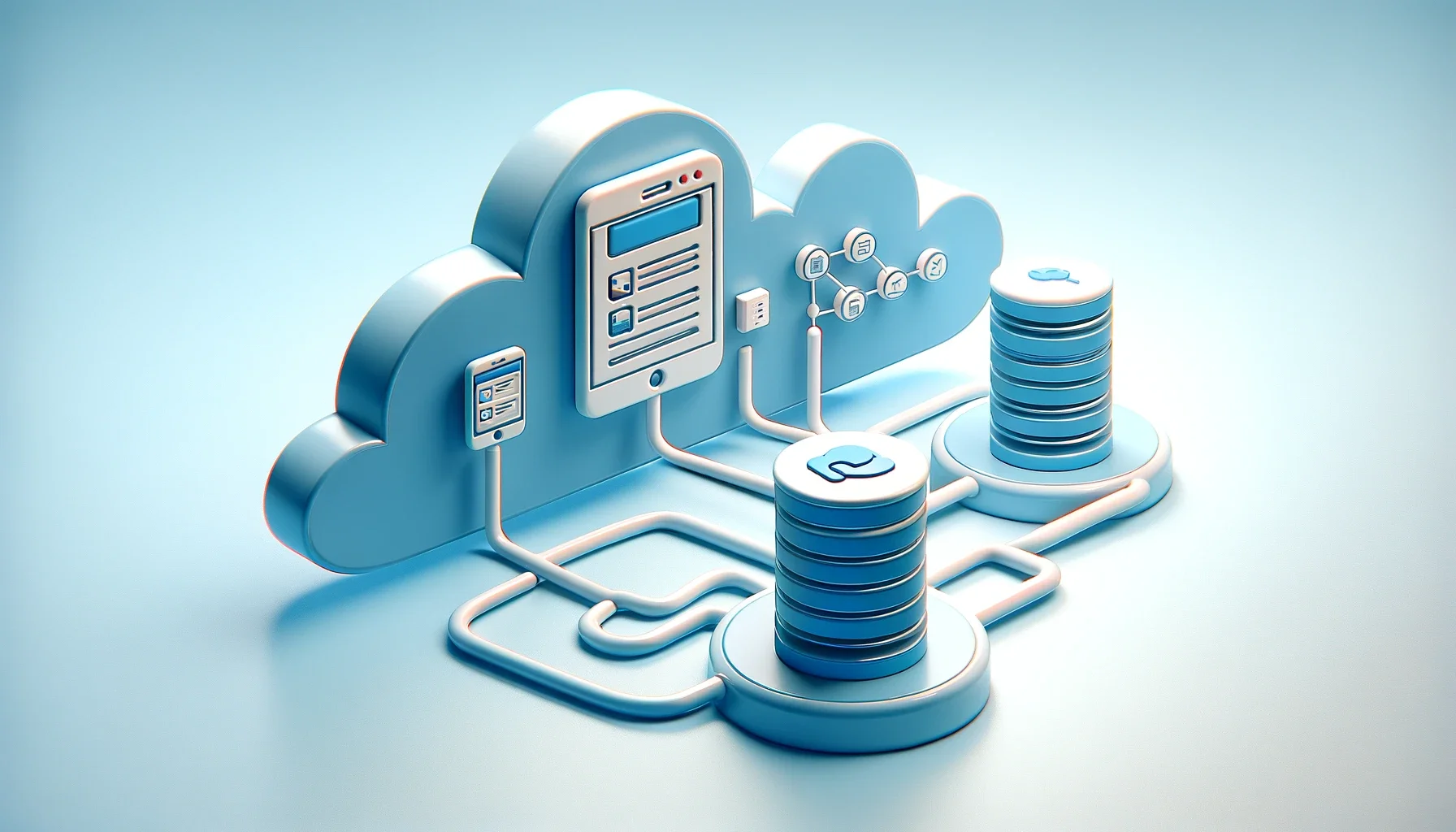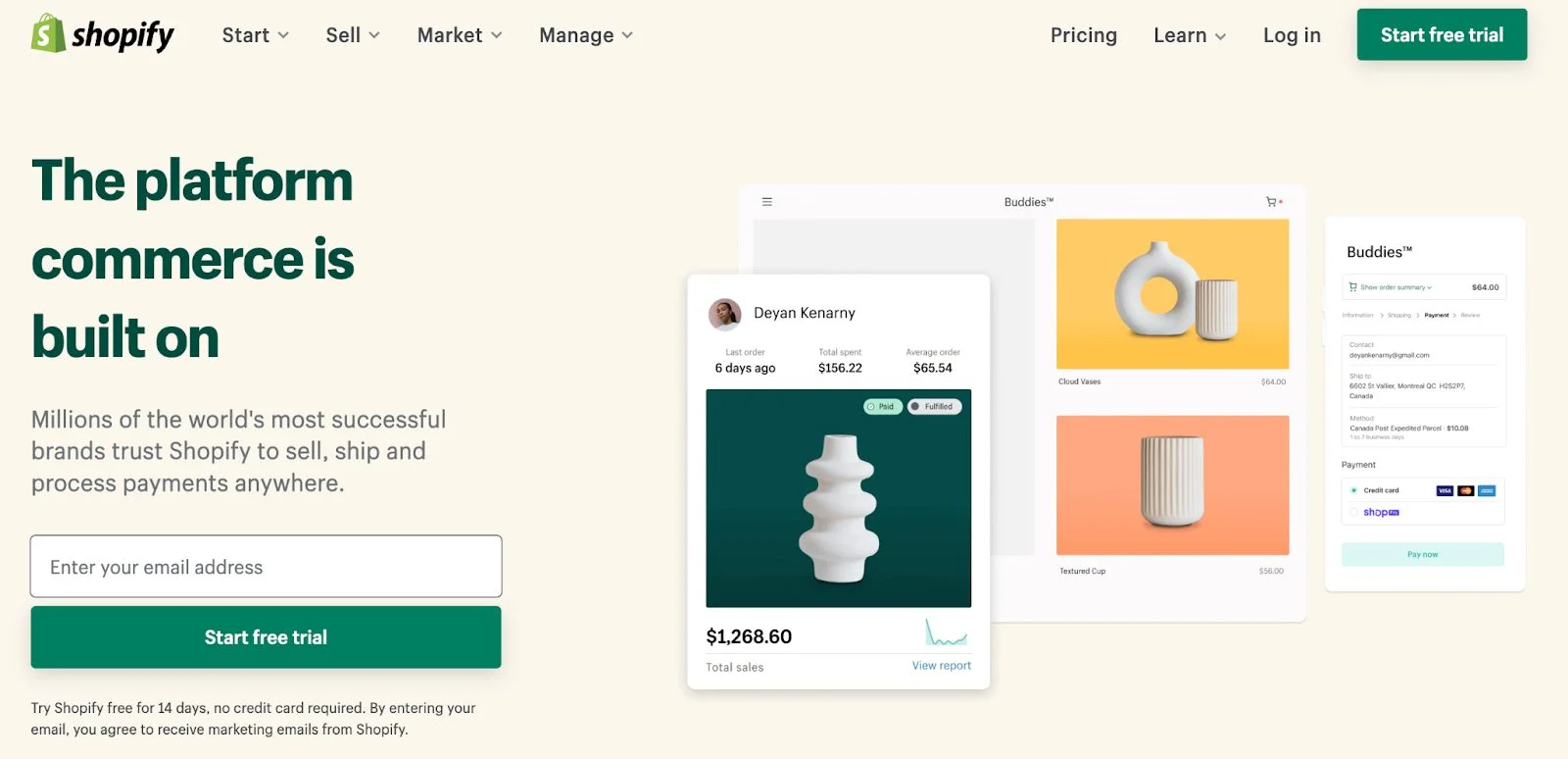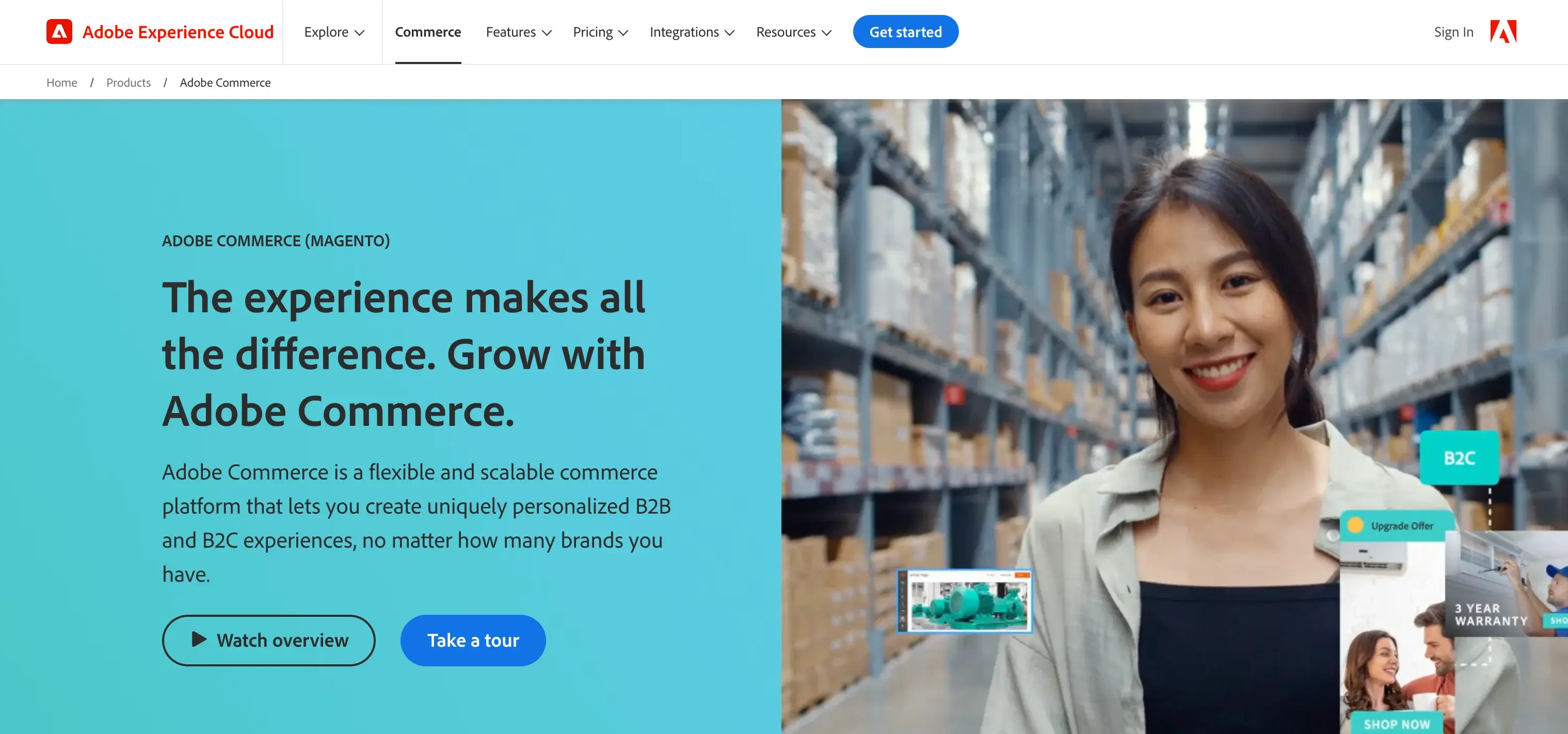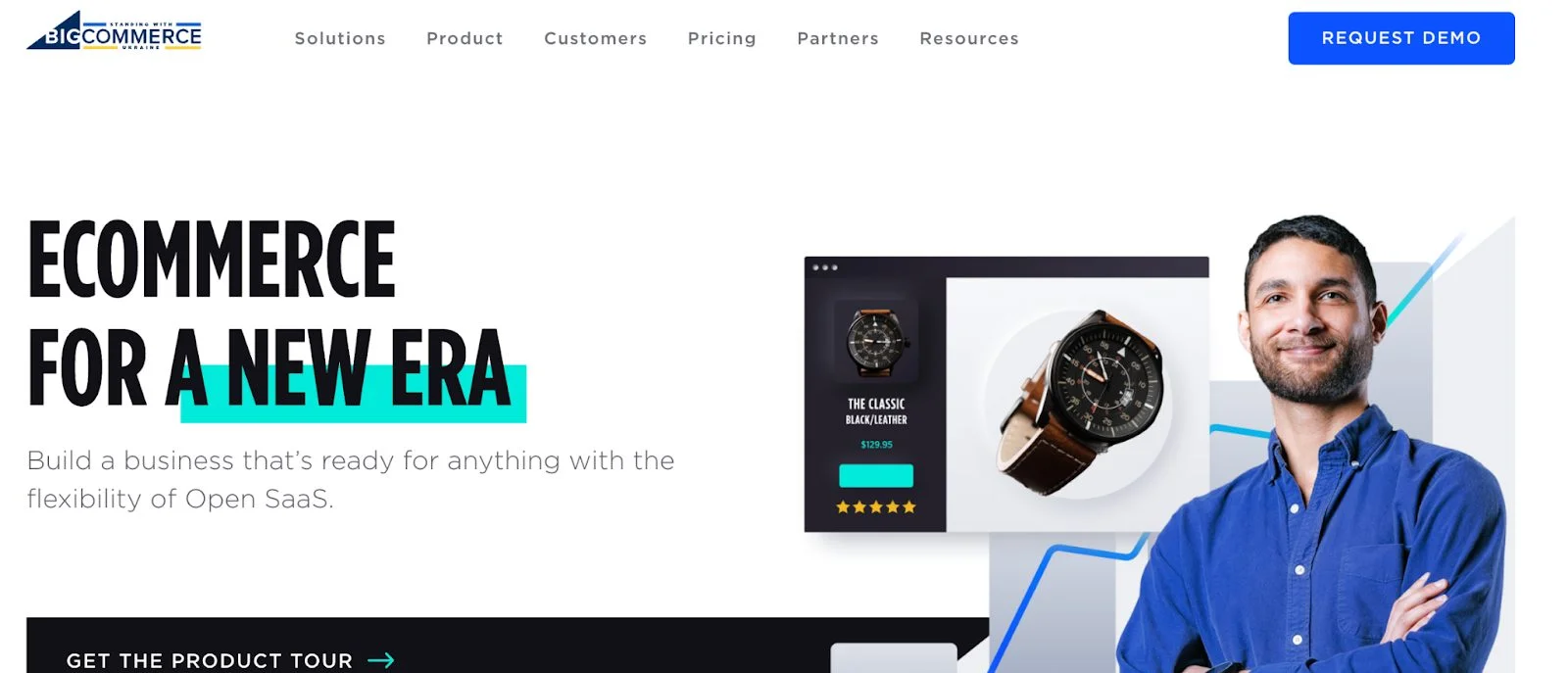Headless e-commerce or headless commerce, is one of the hottest trends in the world of ecommerce. Advocates of headless commerce are quick to point out its perks, like seriously boosting your website’s performance and giving you the flexibility to tweak things in real time. Sounds like a smart move to switch to headless commerce, doesn’t it?
But wait, there’s more to it. Headless commerce opens up a world of creative possibilities for brands. It’s like handing over a blank canvas to developers, letting them craft unique ecommerce experiences with their preferred tools and tech. However, let’s not sugarcoat it: moving to a headless setup isn’t that simple. And guess what? It might not even be the best fit for every business out there.
So, before you jump into the headless commerce pool, it’s crucial to really grasp what it means. This article covers its key benefits, challenges you might encounter, and the best headless commerce platforms out there. Let’s first understand the concept of headless e-commerce.
What Is Headless E-commerce?

Headless commerce is all about splitting the front-end (what customers see) from the back-end (the nuts and bolts). This split means you can deliver content seamlessly, not just on websites and apps, but also through kiosks and IoT devices.
Brands are all in on this approach. Why? Because it opens up a whole new world of creativity. Imagine crafting online store experiences that stand out, something you often can’t do with traditional, all-in-one platforms. For developers, it’s a dream come true. They get unmatched control and the freedom to mix and match the best commerce tools in their tech stacks.
Headless commerce isn’t just about looking good. It’s about reaching your customers wherever they are – be it on the web, mobile, through voice commands, or even at the checkout counter. Thanks to a unified back-end system connected by APIs, businesses can be truly omnichannel. This setup is perfect for brands looking to make a global impact.
And let’s not forget the back-end benefits. You get to pick and choose from a range of services to handle your brand’s specific needs. Want to change your CMS, CRM, or Digital Experience Platform (DXP)? No problem. The composable nature of headless commerce means no vendor lock-in, so you can switch things up as your business
Now that we have a good grasp of what headless commerce is and how it operates, let’s delve into the benefits and understand why so many businesses are making the shift to this innovative approach.
Benefits of Going Headless Commerce
Here are the most obvious benefits that come with going headless:
- Flexibility and Customization: With headless commerce, businesses have the freedom to create a front-end experience that best suits their brand and target audience. This means that businesses can experiment with different designs and layouts without being limited by the constraints of a traditional e-commerce platform.
- Scalability: As businesses grow, so do their customer base and website traffic. Headless commerce offers the scalability that traditional platforms often lack, ensuring a seamless shopping experience for customers even during peak traffic periods.
- Better Performance: By separating the front-end and back-end systems, headless commerce can improve website performance and speed. This ultimately leads to better user experiences and increased customer satisfaction.
- Omnichannel Capabilities: With headless commerce, businesses have the ability to deliver consistent and seamless experiences across all channels, including mobile, web, and even social media. This allows for a more integrated approach to e-commerce and better engagement with customers.
- Integration with Third-Party Tools: Headless commerce platforms allow for easy integration with third-party tools and services, giving businesses the ability to enhance their website’s functionality without limitations.
Now, let’s shift our focus to the challenges it presents, understanding the hurdles that businesses may face when adopting this cutting-edge approach.
Challenges of Going Headless Commerce
While headless commerce brings a lot of advantages, it’s important to also consider the challenges that come with it. Understanding these can help businesses prepare better for a smooth transition. The challenges include:
- Higher Development Costs: Going headless usually means customizing the front-end experience to your specific needs. This customization is great for user experience but can mean higher development costs than what you’d expect with traditional ecommerce platforms.
- Technical Expertise: To set up and keep a headless commerce platform running smoothly, you need a certain level of technical know-how. This requirement might be a bit of a hurdle, especially for smaller businesses that might not have the necessary resources or technical staff.
- Data Management: When your front-end and back-end systems are separate entities, managing your data can get a bit more complex. It’s crucial for businesses to have a solid strategy for handling this to ensure everything runs seamlessly.
See also: Tailored Software Development: A Catalyst for Your Business Growth
Having navigated through the challenges of headless commerce, let’s now shift our focus to solutions by exploring three of the best headless commerce platforms currently leading the market, each offering unique features to help overcome these hurdles.
3 Best Headless Ecommerce Platforms
1. Shopify

Shopify is a big deal in eCommerce. It’s known for being stable and secure, and boasts an extensive app store. Originally a standard eCommerce platform, Shopify evolved with its GraphQL API, which now supports headless commerce through Shopify Plus. This upgrade keeps it at the forefront as one of the most relevant and trusted platforms in the world.
With Shopify Plus, you get the freedom to publish on any channel and have total creative control across various touchpoints and devices. It seamlessly integrates with essential business systems, including your CRM, PIM, CMS, and ERP. Plus, there are handy apps for services like Google Sheets, Slack, and Mailchimp, and even integration with big marketplaces like eBay and Amazon.
Shopify is known for its user-friendly dashboard and intuitive content management system, which made many store owners move to Shopify from other platforms. It offers a free trial, with plans starting at $29 per month. Shopify Plus, the enterprise-level service, starts at $2,000 per month. A Shopify fees calculator can help estimate total costs, including transaction fees and credit card rates.
See also: How eCommerce Businesses Can Take Advantage Of Technology
2. Adobe Commerce (formerly Magento)

Adobe Commerce, previously known as Magento, offers a highly customizable platform for headless commerce. It’s a favorite among web developers for creating tailor-made applications.
This platform shines with its cloud-based omnichannel solutions, blending digital and physical shopping seamlessly. Its inventory management system is top-notch, allowing real-time tracking across various locations, including stores and warehouses.
Adobe Commerce is renowned for its analytics capabilities, offering advanced data visualization and the ability to export data directly to your inbox. This provides valuable insights into metrics like retention rates and average order value.
The platform supports custom integrations with various systems through REST and SOAP web API frameworks. Pricing for Adobe Commerce is available upon request.
See also: Revolutionizing B2B Ecommerce: Mobile Optimization Strategies for Success
3. BigCommerce

BigCommerce is a prominent player in the online eCommerce arena, offering robust headless commerce capabilities. You can manage multiple stores across different channels from one central hub, thanks to its decoupled commerce engine.
This platform is tailored for growth, catering to both B2B and B2C sectors, and is designed to scale with your business. BigCommerce supports API-driven experiences with integrations for WordPress, eBay, Google, Stripe, and many more.
A unique advantage of BigCommerce is its unlimited API call capacity, setting it apart from some competitors. BigCommerce provides a one-month free trial, with paid plans beginning at $29.95 per month.
Having explored some of the top headless commerce platforms, each offering unique features and capabilities to cater to different business needs, let’s now wrap up and conclude our article.
Conclusion
Stepping into the world of headless commerce offers immense potential for transforming your e-commerce business. The flexibility, scalability, performance improvement, omnichannel capabilities, and better integration with third-party tools make it a compelling choice for businesses focused on delivering customized and engaging customer experiences.
As with any significant business decision, the transition to headless commerce should be executed with careful consideration, a clear understanding of your business needs, and the readiness to invest in the necessary resources.
Related Articles:
- The Benefits of Strategic Technology Consulting for eCommerce
- Ecommerce Fraud Prevention Software
- Fraud Prevention Software as a Solution to Ecommerce
- Emerging Technologies Influencing Digital Merchandising
- Best Practices for Measuring and Analyzing Sales Velocity in Ecommerce
- Ecommerce Fraud: How to Identify Fraud in Ecommerce Stores
